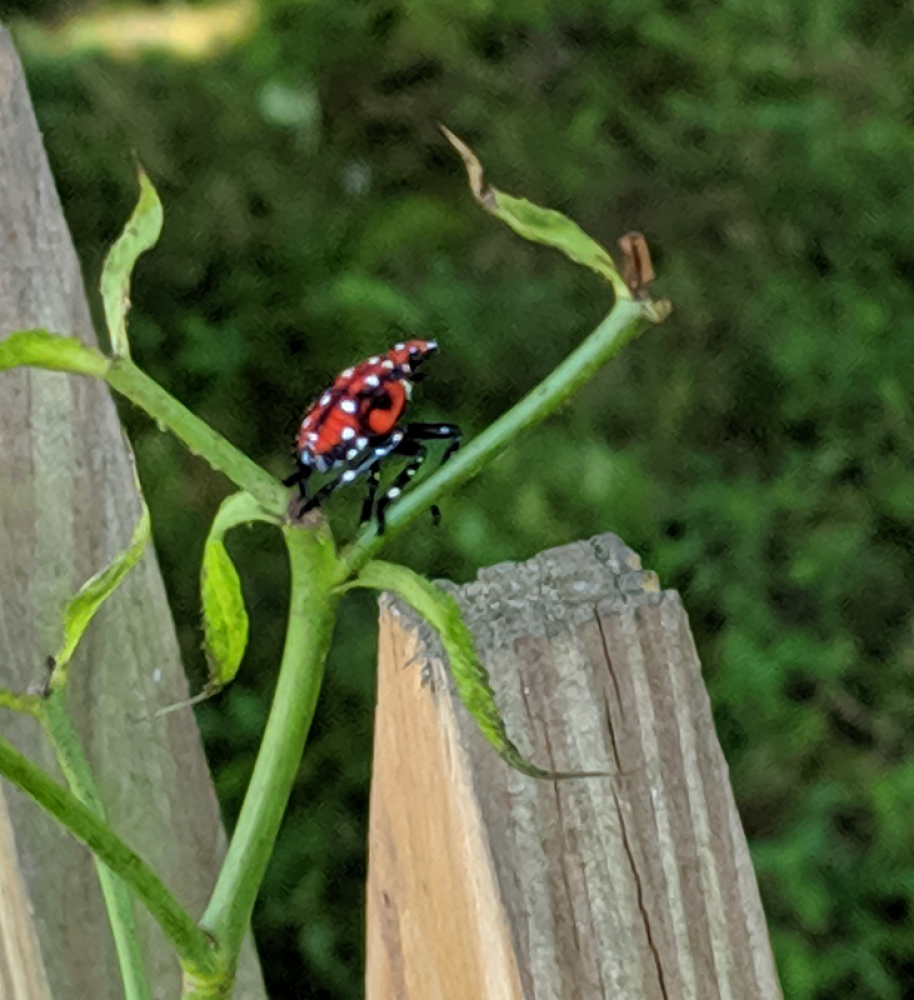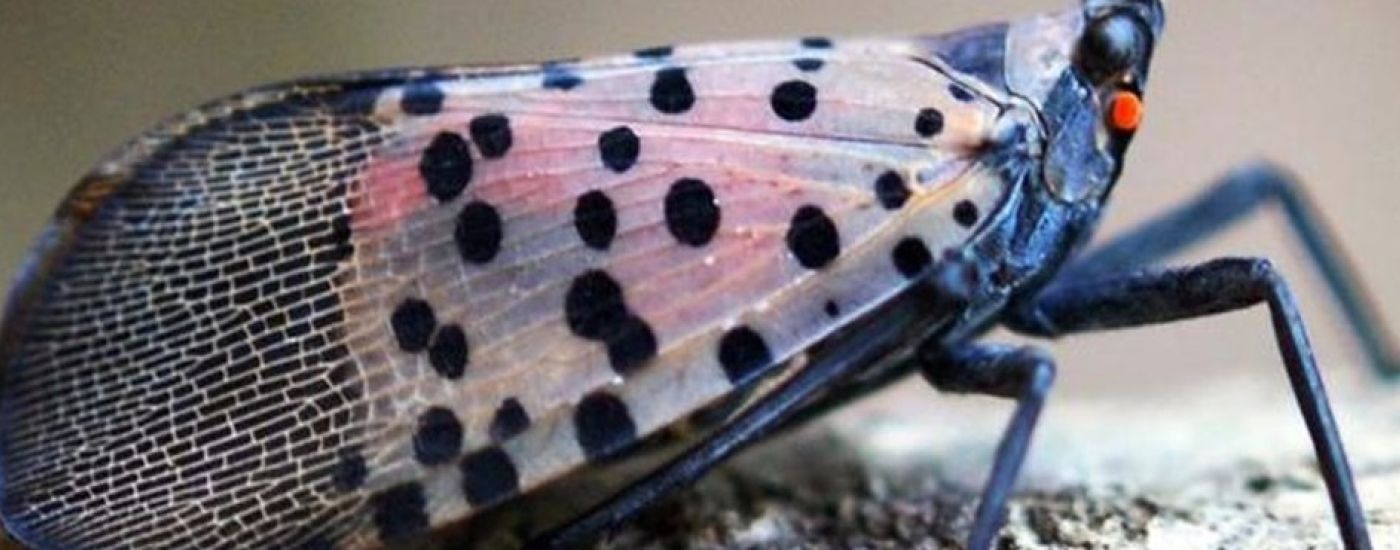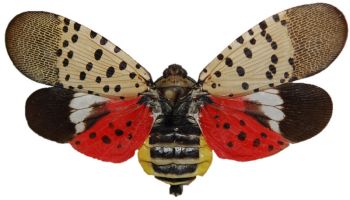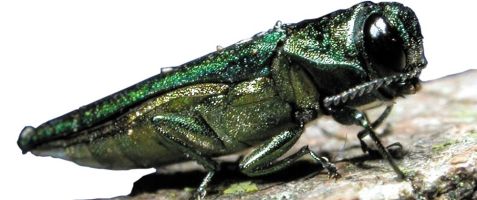Stein Tree Corrects Spotted Lanternfly Myths
The spotted lanternfly is an invasive species that has caused massive damage to the east coast of the United States. As home and business owners try to keep their trees safe, myths about this treehopper have formed. Some myths, such as the spotted lanternfly being luminescent, are harmless, but others can cause real damage to one’s plants and property. Other myths are about the pest’s behavior and can lead people into thinking their trees are safer than they are. Below are 3 spotted lanternfly myth debunked by the Penn State College of Agricultural Sciences. Learn the facts and what you can do to keep your trees safe.
Myth #1: Pressure Washing Trees Destroys Spotted Lanternfly Eggs
One of the common spotted lanternfly myths among homeowners is that by pressure washing egg masses on trees, the eggs will be destroyed and prevent the spread of Spotted lanternflies on their property. This thought is false and has two major issues:
- Pressure washing may remove egg masses from trees, but the eggs can still hatch.
- High-pressure sprays can harm trees, remove their outer layer of bark, and damage the cells under the bark.
The better way of removing egg masses is to scrape them off trees with plastic or some other instrument that will do no damage to the bark. The egg mass can be put into a bag with rubbing alcohol, and disposed of.
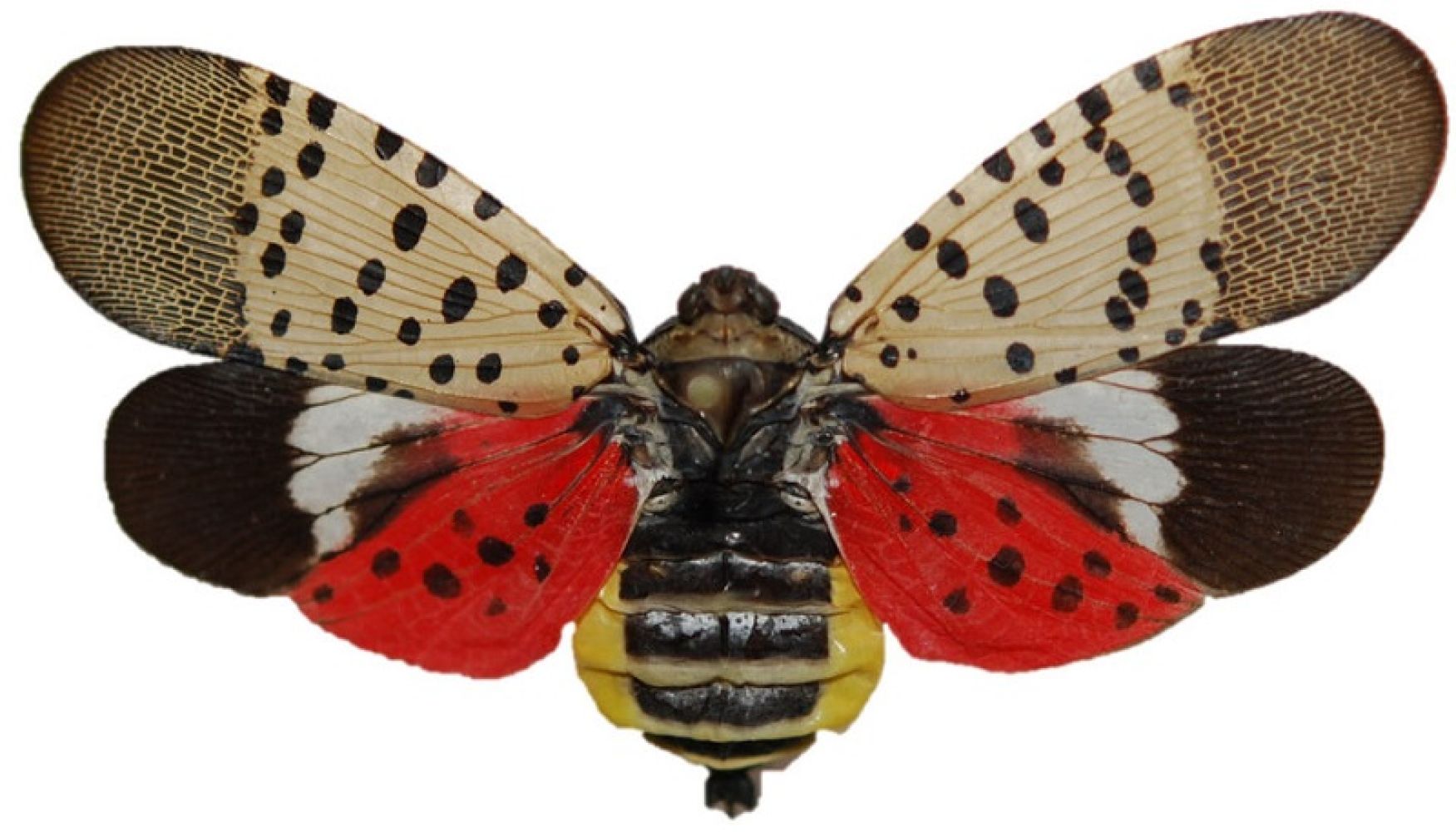
Myth #2: The Spotted Lanternfly Can Only Reproduce with Tree of Heaven
Another one of the common spotted lanternfly myths is that the pest needs Tree of Heaven (Ailanthus altissima) to reproduce, which may lead to homeowners who lack these trees in their landscape to think that spotted lanternfly will be unable to spread on their properties. Tree of heaven is an invasive species of tree native to China, introduced to the U.S. in the 1700s, and is the preferred host of the spotted lanternfly. But the pest can reproduce and spread without this tree.
Research has shown that the spotted lanternfly reproduces faster when using tree of heaven as a host, so homeowners who do have the tree species on their properties should consider removing them, if possible. The pest feeds on over 70 different plants, so if your property lacks a tree of heaven, your landscape is still at risk of spotted lanternflies feeding, reproducing, and spreading among your plants.
Myth #3: Homemade Remedies Are Safe and as Effective as Professional Methods
Some homeowners may be tempted to remove spotted lanternflies on their own through home remedies and sprays. Dish soap, glass cleaner, vinegar, and chili/cayenne peppers are a few of the ingredients people use to remove spotted lanternflies. Contrary to what some people think, these home sprays are less safe and effective than professional methods and are dangerous to trees and plants. Dish soap, for example, removes protective, natural oils and waxes on plant leaves, leaving the plant more vulnerable to damage and disease.
Other methods such as removing tree of heaven or using cards or knives to remove egg masses (as previously mentioned above) are more effective methods to manage pests. For chemical-based methods, a certified arborist and pest management specialist will have the proper training, experience, and chemicals to use if needed. As always, reach out and consult with a tree care company to remove and manage pest populations on your property.
Contact Stein Tree Service for Pest Management
If you want to keep your trees safe from spotted lanternfly, contact Stein Tree today. Our team of tree care specialists is certified to treat in areas of spotted lanternfly infestation in Delaware and Pennsylvania. Stein performs commercial and residential plant and tree care services, including plant health care (PHC), tree removal, trimming, and pruning. For more information on spotted lanternfly myths or our services, contact us today.
